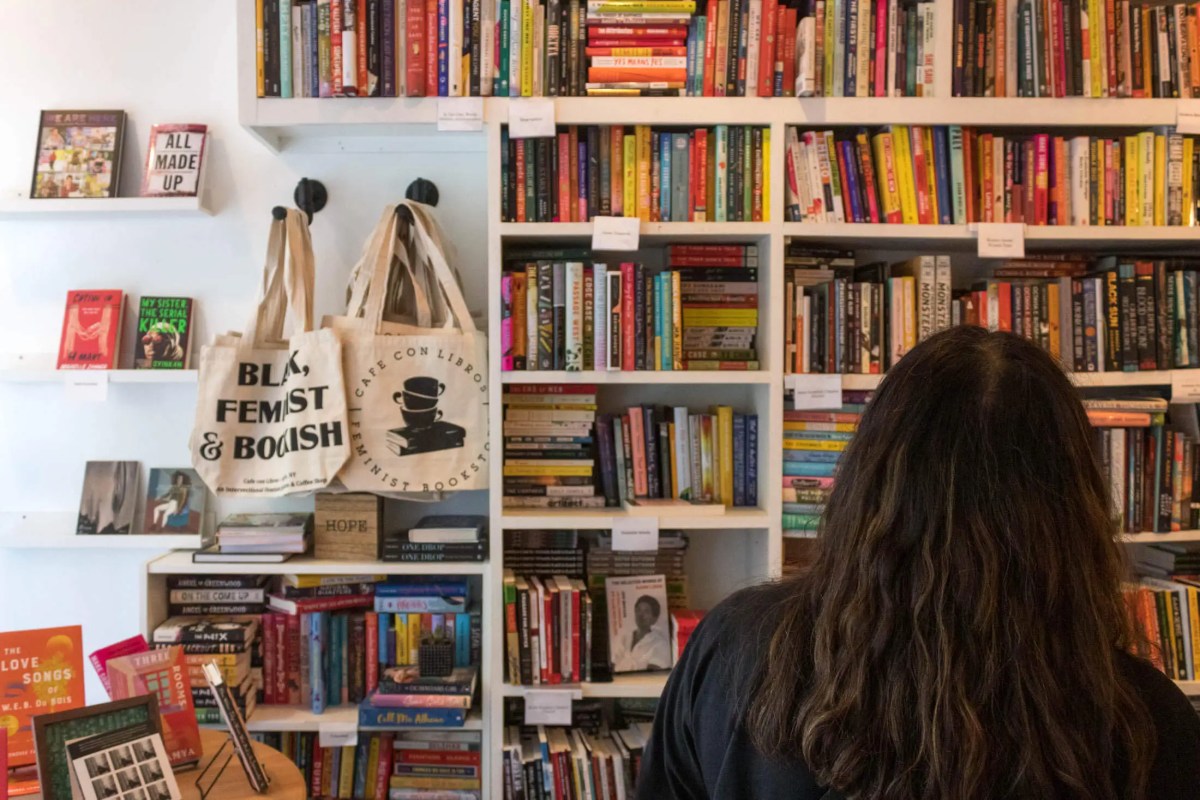
The M66 crosstown bus is the slowest of the lot, winning the Straphangers Campaign’s annual “Pokey Award” on Tuesday, which highlights poor bus service throughout the city.
The route, which runs from one end of the city to the other and travels through Central Park, was clocked driving at the glacial speed of 3.1 mph at noon on a recent weekday, according to the group. That, they said, is slower than turtles, who move up to 4 mph.
“The crosstown routes are as bad as they are because they deal with Manhattan traffic, but that doesn’t excuse the city or the MTA from trying to do what they can to make that line faster,” said Gene Russianoff of the Straphangers Campaign. “And time has shown with the city’s leadership, and the MTA’s leadership, that by doing things like having buses with three doors to board or paying your fare before you get on board … all these strategies work.”
The M66 carried an average of more than 12,400 riders on an average weekday and ranked 58th in terms of ridership out of 182 local bus routes. Straphangers surveyed a total of 40 routes for the report, leaving out five that were under construction or in the process of being upgraded to the Select Bus Service, or SBS.
Buses with SBS offer commuters the ability to pay at a machine before getting on, have fewer stops, and benefit from extended green signals at traffic lights, according to the MTA. They also drive in their own bus lane or busway.
And SBS bus routes are often 15-25% faster than their local counterparts, said Cate Contino Cowit, the campaign coordinator for Straphangers.
There are currently 10 SBS routes, with another 20 planned, a transit official said.
“We are continuing to work with the New York City Department of Transportation to increase the number of bus lanes and locations where buses would have traffic signal priority, further improving bus speeds,” an MTA spokesman said in a statement. “Our dispatchers use real-time data from our GPS-enabled bus fleet to monitor bus performance and adjust operations, and we are exploring how to further improve spacing between buses along these routes. However, buses are often constrained by the speed of traffic in front of them, especially around obstacles such as double-parked cars and delivery trucks.”
A representative from the mayor’s office did not immediately respond to a request for comment.
“It’s happening. It’s New York so sometimes it happens at a pace that feels turtle-like, but it’s happening,” Russianoff said. “And this report is part of an effort to continue the momentum. New Yorkers put up with crummy bus service and we shouldn’t.”
In Brooklyn, the slowest bus was the B35, which moved between Brownsville and Sunset Park at about 5.8 mph. The Bx2, shuttles people between Kingsbridge and Mott Haven in the Bronx, travels at about 4.8 mph.
In Queens, the Q58 traveled at about 7 mph back and forth from Ridgewood to Flushing Main Street.
The S48 and S98 were the fastest of the slowpokes at about 8.2 mph as they drove between Mariners Harbor and the St. George Ferry in Staten Island.
The M1, M101, 102, and 103 busses tied for the group’s “Schleppie” award, which tracked the least reliable routes based on official transit statistics. About 37% of these buses arrived “with big gaps” in wait time, according to the group.
Slowest buses by borough
Brooklyn: B35, 5.8 mph, between Sunset Park and Brownsville
Bronx: Bx2, 4.8 mph, between Kingsbridge and Mott Haven
Manhattan: M66, 3.1 mph, crosstown on 65th through 68th streets
Queens: Q58, 7.0 mph, between Ridgewood and Flushing-Main Street, Queens
Staten Island: S48/98, 8.2 mph, between Mariners Harbor and St. George Ferry



































